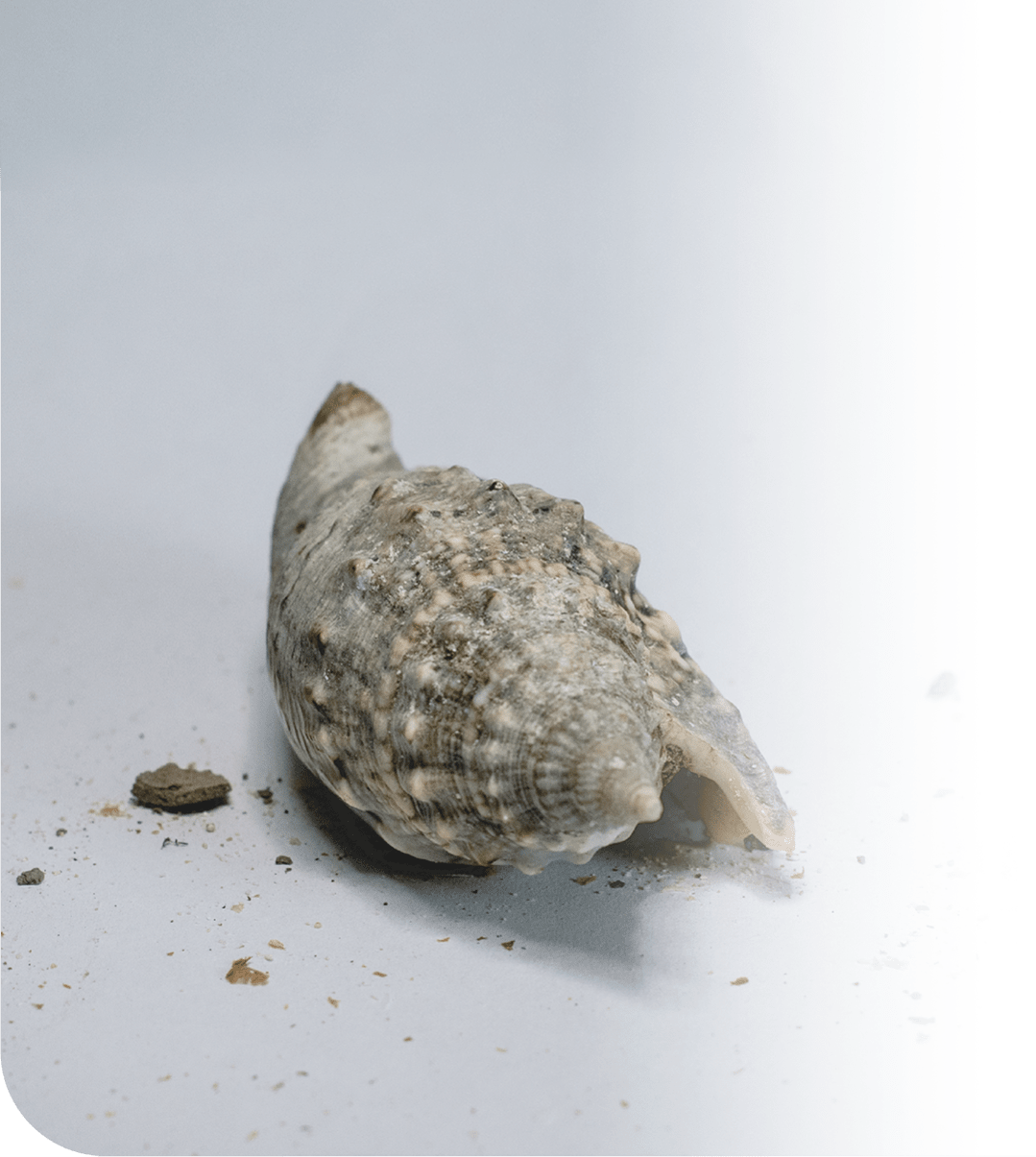Shoreline Gems
explore
shells
Seashells are the protective outer layer of marine mollusks, such as snails, clams, and oysters.
They are made of calcium carbonate and come in various shapes, sizes, and colors.
For millennia, humans have been fascinated by seashells.
They have been collected and used as currency, jewelry, tools, and religious artifacts.
However, seashells also play an important ecological role,
providing habitat and protection for marine organisms and
contributing to the overall health and balance of marine ecosystems.
Today, seashells are still appreciated for their beauty,
but it is important to collect them responsibly.
Many beaches and marine environments are protected,
and it is crucial to respect these habitats and not
disturb the delicate balance of marine life.
The anatomy of a shell refers to the detailed structure and feathers of the protective outer covering found in various marine mollusks, including snails, clams, oysters, and others. Although the specific anatomy may vary among different species, the fundamental components of a shell are standard across most mollusks.
—
Let’s explore the critical parts of a
typical bivalve and gastropod shell!
any of a large class (Gastropoda) of mollusks
(such as snails and slugs) usually with a univalve shell or
none and a distinct head bearning sensory organs

Let’s explore the critical parts of a typical bivalve and gastropod shell
an aquatic mollusk that has a compressed body enclosed within a
hinged shell, such as oysters, clams, mussels, and scallops.
